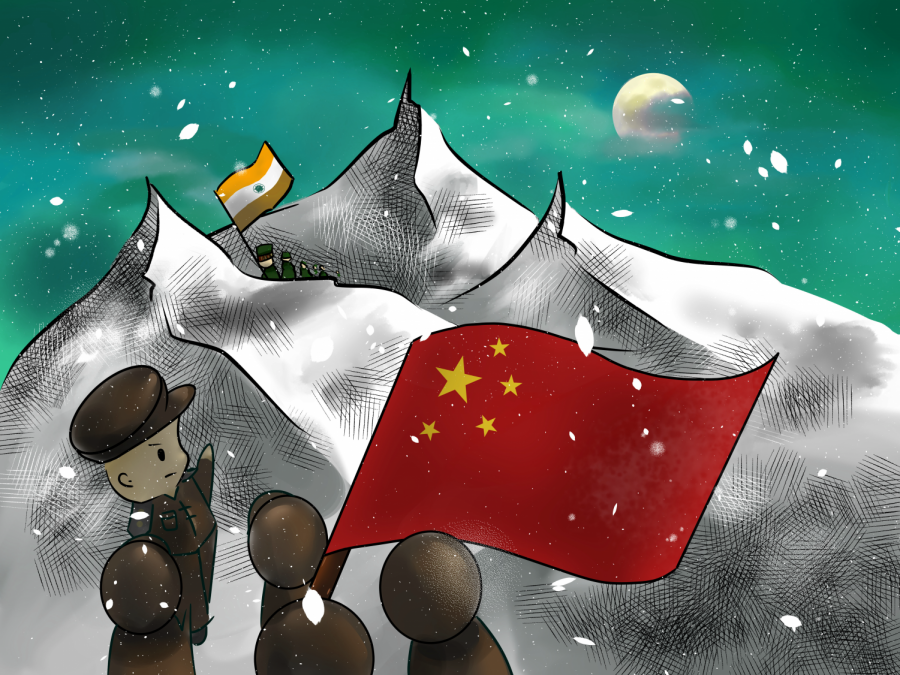It’s The Economy, Stupid
On May 5th, 2020, conflicts occurred near the Chinese-Indian border, with the most serious fight resulting in 20 Indian casualties and an unconfirmed number of Chinese losses. Following a sudden rise of tensions along the border, tensions at the civilian level increased dramatically. Private social media accounts on both sides rushed out articles on how their rival’s military is vastly inferior, and called out their respective governments to take military actions against the other. Some Chinese writers argued for the complete “annexation of India,” while Indian media produced a widely circulated list of Chinese casualties in the Galwan Valley, which was in fact a list of fictional characters from an ancient Chinese novel.
Compared to the boiling public, the national governments of both countries tried to downplay the conflict because they were wary of armed conflicts. A war, even a small one, along a mountainous border thousands of kilometers long, would cause serious economic troubles for both countries.
We all know that war is expensive, and although India and China are two of the world’s largest economies, a protracted war in the middle of the Himalayas would invoke transportation nightmares much worse than the Nazi’s supply line to Stalingrad in WWII. For China, military supplies would have to climb six thousand meters of Tibetan frozen soil and travel across several huge mountain ranges to get to the battle field. India, on the other hand, has the luxury of a battlefield that is closer to their population center, but inadequate infrastructure to aid armored vehicles in climbing the Southern Himalayan slope. Thus, disregarding the replacement of losses in combat, both countries would still have to spend an exorbitant amount of money just transporting personnel and equipment to the borders.
China and India did fight once in the fall of 1962, when a medium-scale war broke out along their Tibetan border, resulting in thousands of casualties. The war ended with China occupying all of the disputed areas but unilaterally issuing a ceasefire even though it secured massive military advantages and territorial gains. After the ceasefire, Chinese troops withdrew to the border line and abandoned all land captured during the war. One of the reasons for the Chinese withdrawal was the difficulty of sustaining tens of thousands of troops in the mountains, right after the country had suffered one of the worst famines in modern history.
Aside from spending a lot of money, both countries would face severe investment and monetary disturbances in their domestic economies. In a region of unrest, one of the first things to leave is capital, a departure that often happens quickly. And even though both countries can limit the flow of money out of their borders, foreign investments will still leave. In 2019, China and India were respectively the 2nd and 8th (rapidly rising) largest international investment recipients, relying heavily on this money, and never developing a mature financial market. Therefore, any disturbances to the flow of capital, or the “future expectation” of the flow, would be devastating to the countries’ manufacturing and young financial sectors. Modi’s “Made in India” plan, which calls for the expansion of manufacturing in India, would be greatly discouraged by the loss of foreign investment. Similarly, China’s “One Belt One Road” initiative would come to a halt as investors deem East and Central Asia unsafe to invest in. With the massive loss of foreign capital comes a contraction in the money supply of both countries. The contraction would lead to trouble in exports, investment, and the stock market, exposing the numerous “systematic risks” concealed under both countries’ booming economy. Since there was so much at stake, the leaders of both countries made the right choice by promoting peace, as even a small scale war would have meant the destruction of their economies and future growth.











